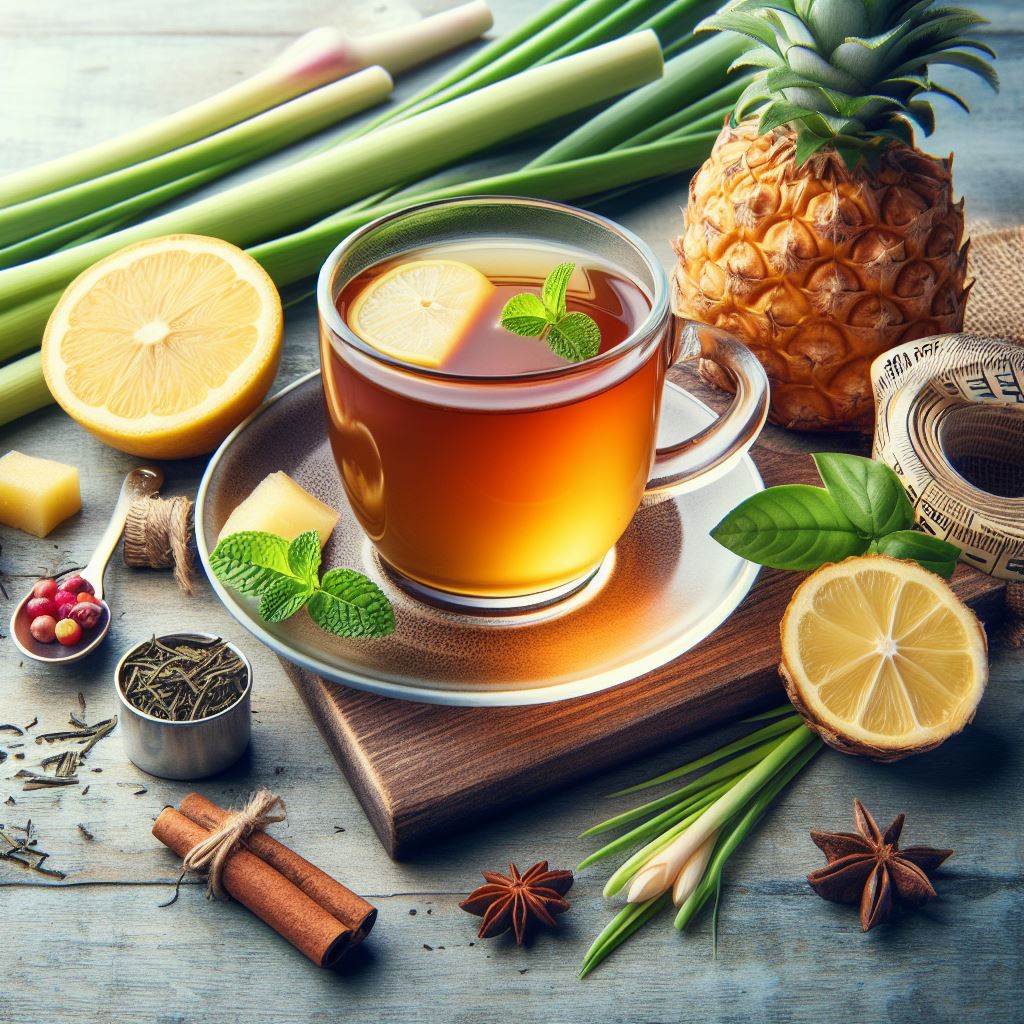If you love tea, you might have wondered if you can re-steep your tea leaves and get more cups of delicious brew. The answer is yes, you can! Re-steeping tea is a great way to save money, reduce waste and enjoy different flavours from the same tea. In this blog post, we will show you how to re-steep tea, what teas are good for re-steeping and some tips and tricks to make the most of your tea leaves.

What is Re-Steeping Tea?
Re-steeping tea means using the same tea leaves more than once to make multiple infusions. This is possible because tea leaves contain various compounds that are released at different rates and temperatures during steeping. By changing the steeping time, water temperature and amount of tea leaves, you can extract different flavors and aromas from the same tea.
Re-steeping tea is not a new concept. In fact, many cultures and traditions have practiced re-steeping tea for centuries, such as the Chinese Gong Fu tea ceremony, which uses small teapots and cups to brew multiple infusions of high-quality oolong or pu-erh teas.
What Teas are Good for Re-Steeping?
Not all teas are suitable for re-steeping. Generally, high-quality loose leaf teas are the best candidates for re-steeping, as they have more intact leaves that retain their flavor and aroma longer. Tea bags with crushed or dust-like leaves are usually intended for one-time use only, as they release most of their flavor in the first steep.
Some types of teas are especially good for re-steeping, as they change and develop their flavor notes with each infusion. These include:
- White teas: These are the least processed teas, with delicate and floral flavors. You can re-steep these up to three times, with slightly longer steeping times for each infusion.
- Green teas: These are lightly oxidised teas, with fresh and grassy flavors. You can re-steep these up to three times, with slightly higher water temperatures for each infusion.
- Oolong teas: These are partially oxidized teas, with complex and diverse flavors. You can re-steep these up to five times, with varying steeping times and water temperatures depending on the type of oolong.
- Pu-erh teas: These are fully oxidized and fermented teas, with earthy and woody flavors. You can re-steep these up to seven times, with shorter steeping times for each infusion.
- Herbal teas: These are not true teas, but infusions of various plants, fruits and spices. You can re-steep these depending on the ingredients and their flavour intensity. Some herbal teas that can be re-steeped are chamomile, mint, ginger and rooibos.
Flavoured teas or blends may not hold up as well for re-steeping, as some of the added ingredients may lose their flavor or aroma after the first steep. However, you can still try to re-steep them once or twice, or add some fresh leaves to boost the flavor.
How to Re-Steep Tea?
Re-steeping tea is easy and fun. Just follow these simple steps:
- Steep your tea leaves for the first time following the recommended steeping instructions for your tea type. You can find these on the package of your tea or online. Generally, you should use about one teaspoon of loose leaf tea per cup of water (8 oz), and adjust the water temperature and steeping time according to your tea type.
- Remove your tea leaves from the water after steeping and set them aside in a strainer or a container until you are ready to re-steep them. Do not leave them in the water or they will become bitter and over-extracted.
- When you want to re-steep your tea leaves, heat fresh water to the appropriate temperature for your tea type. You can increase the water temperature slightly from the first steep to extract more flavor from the leaves.
- Pour the hot water over your tea leaves and steep them again for a longer time than the first steep. You can increase the steeping time by about 30 seconds to one minute for each infusion.
- Enjoy your second cup of tea and repeat the process until you notice a significant loss of flavor or aroma in your tea leaves.
Tips and Tricks for Re-Steeping Tea
Here are some additional tips and tricks that can help you re-steep your tea:
- Make your second brew a cold brew: If you want to try something different, you can re-steep your tea leaves in cold water overnight. This will give you a refreshing and smooth cup of tea with less caffeine and bitterness. Just put your tea leaves in a pitcher or a jar, fill it with cold water and refrigerate it for at least eight hours. Strain and enjoy your cold-brewed tea the next day.
- Add fresh leaves to your re-steeped leaves: If you find that your re-steeped tea is too weak or bland, you can add some fresh leaves to the mix to enhance the flavor and aroma. This will also allow you to experiment with different combinations and blends of teas.
- Compost your used tea leaves: When you are done with re-steeping your tea leaves, do not throw them away. You can use them as compost for your plants or garden, as they are rich in nutrients and organic matter. You can also sprinkle them around your plants to deter pests and insects.
- Use a scale and a thermometer: If you want to be more precise and consistent with your re-steeping, you can use a scale to measure the amount of tea leaves and water you use, and a thermometer to check the water temperature. This will help you avoid under or over-steeping your tea and get the best results every time.
Benefits of Re-Steeping Tea
Re-steeping tea has many benefits for you and the environment. Here are some of them:
- You save money: By re-steeping your tea leaves, you get more cups of tea from the same amount of leaves. This means that you spend less on buying new tea and reduce your tea budget.
- You reduce waste: By re-steeping your tea leaves, you reduce the amount of waste you produce from discarding used tea leaves or bags. This means that you contribute to a more sustainable and eco-friendly lifestyle.
- You enjoy different flavours: By re-steeping your tea leaves, you experience different flavors and aromas from the same tea. This means that you discover new nuances and complexities in your tea and enjoy a more diverse and interesting tea experience.
Conclusion
Re-steeping tea is a wonderful way to make the most of your tea leaves and enjoy multiple cups of flavor. You can re-steep most high-quality loose leaf teas, especially white, green, oolong and pu-erh teas. You just need to follow some simple steps and tips to re-steep your tea properly and get the best results. Re-steeping tea has many benefits for you and the environment, such as saving money, reducing waste and enjoying different flavors. So, next time you finish a cup of tea, don’t throw away your leaves. Re-steep them and see what surprises they have in store for you!
Discover More Tea-Related Articles:
- Cold Brewing Tea: The Ultimate Guide for Refreshing Tea Lovers
- How To Strain Loose Leaf Tea Without a Strainer: 7 Easy Methods
- Loose Leaf Tea: How to Improve The Quality And Flavour in 4 Steps
- Drinking Tea on an Empty Stomach: Why it’s Bad
- How to Make Irresistible Apple Cider Tea this Winter





Leave a Comment